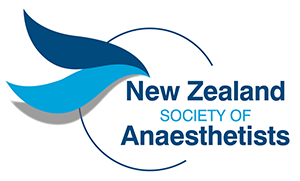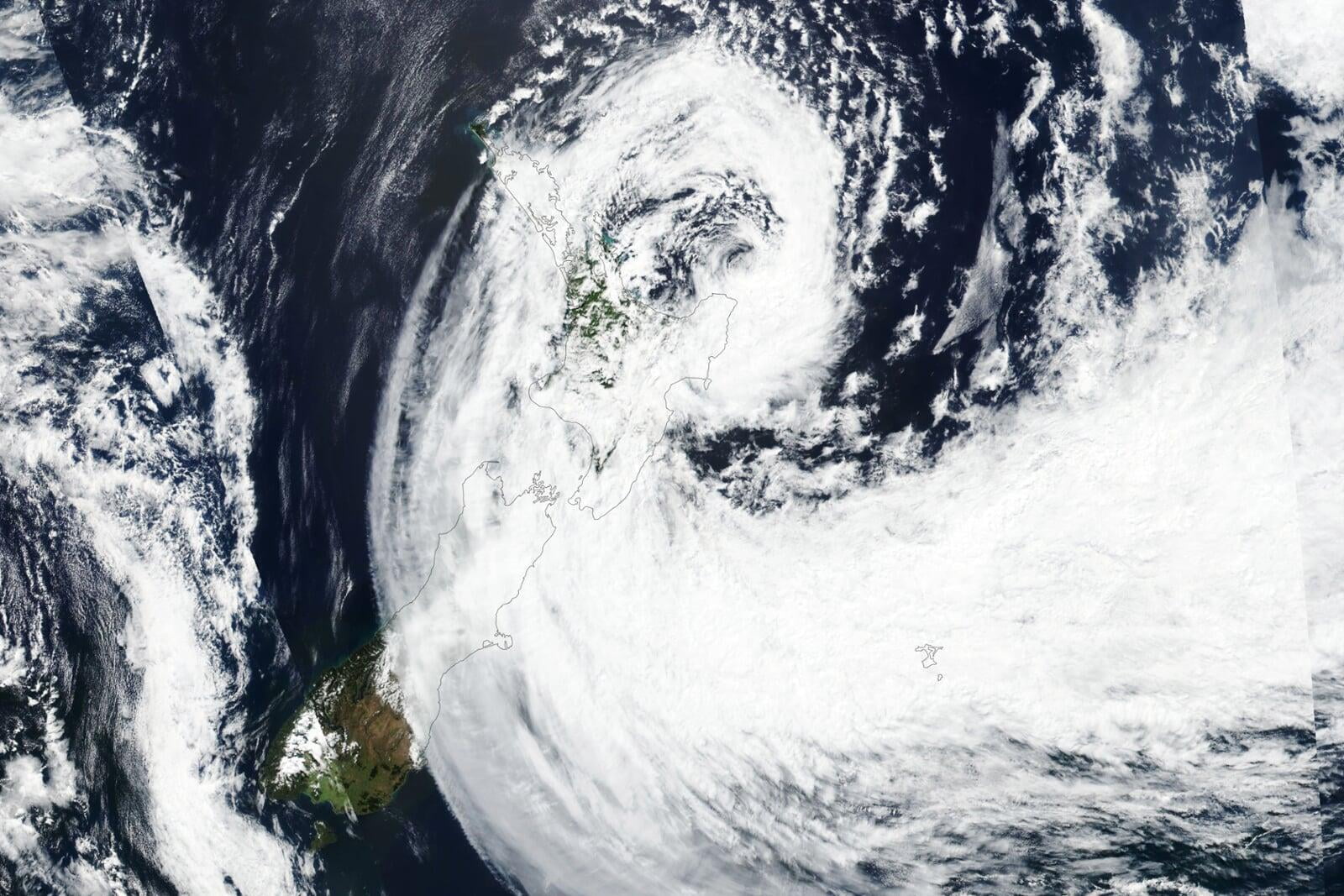COVID and burnout

September 2021
It was inevitable, but still disappointing to find ourselves amid a Delta outbreak. I would like to acknowledge all in the Auckland region, especially those working in health, who are doing it tough in the extended level 4 lockdown.
The question I ask myself is: ‘What planning did we do ahead of time to deal with this outbreak when it happened?’
We have had over a year of relative calm from the threat of COVID – surely an opportune time to ensure we had all systems in place to deal with the outbreak when it came? In my DHB (Capital & Coast) there was a lower level of anxiety with this outbreak compared to March last year. However, we still had issues which were unsettling, such as advice that changed daily, and questions we needed answers to such as what was the visitor policy? Where could vulnerable workers work, if at all? And a request at short notice to implement team-based rostering to protect staff and reduce the impact on services in the event of an exposure in the hospital. It was all very reactive. I am advocating very strongly, within the confines of being a small cog in a big machine, to be more proactive so that when we have our next outbreak the systems are in place and ready to be implemented. However, I do remember having the same desires last year to no avail!
So, what is it that makes this challenging? Why can’t we receive national coordinated advice in a timely fashion? Why can’t we take the lessons from Australia and other countries to inform our policies so they’re ready to go? I say this acknowledging that the Government, and MOH, are working tirelessly. As we all are. I think the reason is that as soon as the crisis is over, we become preoccupied with business as usual, which is all consuming. And on top of BAU we have huge health reforms to contemplate, End of Life Choice Act implementation, cyber-attacks taking down a whole DHB, and crucially an ongoing crisis in staffing levels and high rates of burnout.
I had an introductory session with a professional coach recently. We talked about various things, and one of the things I’m always striving for is to be more efficient, to make more and better use of my time. I started talking about the number of times I hit snooze on my morning alarm, if only I could just get up in the mornings as I planned, get my exercise done etc I would get more done and be more efficient. It seems like such a simple thing, but for some time seems to have evaded me. As an aside, I have been listening to some motivational talks from Mel Robbins, who developed the technique of the 5 second rule, which helped her break her snooze button habit and subsequently she has developed this as a tool to overcome the inertia to do. I can safely say it’s not working for me; I still press snooze multiple times every morning!! When I roll out of bed half an hour after I intended, having missed my exercise class, or now in a rush to get to work on time, I am very self-critical, telling myself I must have more self-discipline and just be better, somehow, and that it’s just a weakness in me. So, I was caught a little off guard when the coach commented about this being an early sign of burn out. Surely not. I feel relatively protected in anaesthesia from many of the issues that our colleagues deal with – overbooked clinics, overflowing wards, having to repeatedly tell patients their surgery is cancelled: issues that were clearly highlighted at the recent ASMS stop work meetings. What we are not spared of course is the impact of short staffing and resource constraints; the moral injury of not being able to provide the service and care we believe our patients deserve. Repeated COVID lock downs and the uncertainty of the pandemic only exacerbate this.
So, what is burnout? Burnout is included in the 11th Revision of the International Classification of Diseases (ICD-11) as an occupational phenomenon. It is not classified as a medical condition. The ICD-11 definition is:
“Burn-out is a syndrome conceptualized as resulting from chronic workplace stress that has not been successfully managed. It is characterized by three dimensions:
feelings of energy depletion or exhaustion;
increased mental distance from one’s job, or feelings of negativism or cynicism related to one’s job; and
reduced professional efficacy.
Burn-out refers specifically to phenomena in the occupational context and should not be applied to describe experiences in other areas of life.” This is a workplace issue, and therefore the employer is responsible for mitigating the risks.
In April the ASMS released the results of their survey of senior doctors and dentists, which revealed a staggering 50% are experiencing burnout. Risk factors that have been identified include long hours at work, fatigue and inadequate recovery, lack of control and lack of support at work and at home (ASMS and US article).
Anaesthesia, based on the ASMS survey which had 292 responses from anaesthetists, has a higher level of personal burnout, compared to work-related burnout, but is thankfully not as impacted as specialities such as ED, respiratory and radiation oncology (acknowledging the limitations of the report).
Of course, this is not news to many of us, we see it all around us regularly. The big question is what do we do about it? We can try to ensure rest and recovery in our departments, to develop an open and positive culture that does not encourage working long hours, and to provide adequate access to leave. Yet, the work doesn’t go away. When the calls come in to cover extra sessions due to sickness, or weekend sessions to catch up on cases, we put our hands up. The COVID backlog is also a huge factor. We want our patients to get the surgery they need and the best possible care. To look after the health of our patients, while also being able to look after ourselves, we need to address the fundamental and crucial aspect of staffing – ensuring adequate staffing for the work, both clinical and non-clinical, that we are currently doing and, importantly, not doing because we don’t have the resource. The NZSA is also looking to better support member wellness with more resources and webinars in the coming months.
Returning to COVID (but on a more positive note) we have seen vaccinations ramping up and with recent purchases from Spain and Denmark it looks like supply will not be an issue. The NZSA joined many colleges and other societies to sign and endorse an open letter last week to reassure the public about the safety and efficacy of the COVID-19 vaccine. Doctors Standing Up for Vaccination is a grassroots movement which has got the message out that not only is the vaccine safe (with the letter and FAQ seeking to address hesitancy and concerns) but that a high rate of vaccination is our best protection against serious illness from the virus. We have seen that those who end up seriously ill and in hospital from COVID are overwhelmingly those who have not been vaccinated. At the time of writing >4400 doctors have signed the letter. A great example of unity and solidarity among the medical profession. Kia kaha koutou References:https://www.asms.org.nz/news/asms-news/2021/05/07/senior-doctors-battle-entrenched-burnout/
Burnout Rate and Risk Factors among Anesthesiologists in the United States Anoushka M. Afonso, M.D., Joshua B. Cadwell, M.B.A., M.S., Steven J. Staffa, M.S., David Zurakowski, Ph.D., Amy E. Vinson, M.D. Anesthesiology 2021; 134:683–96



